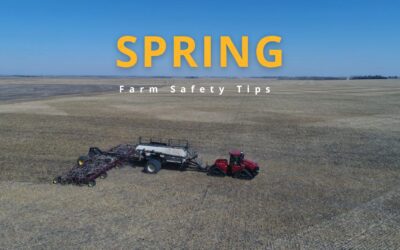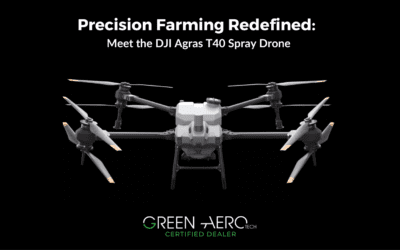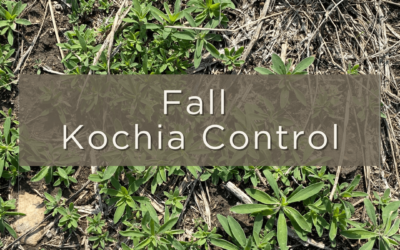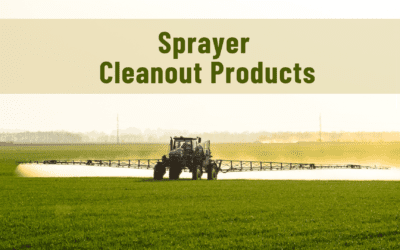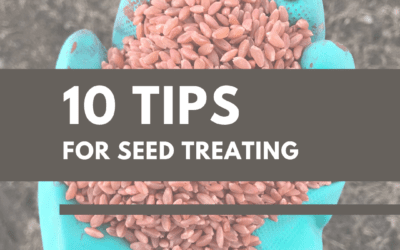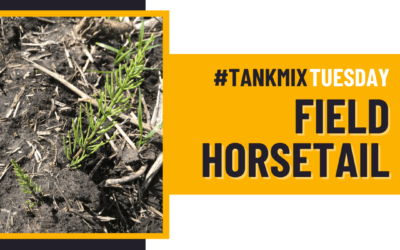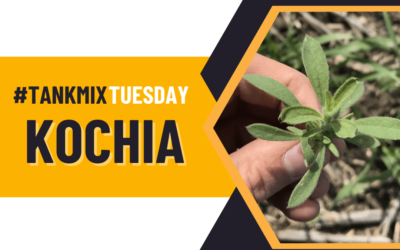On The Horizon
THE HORIZON FERTILIZERS BLOG
Spring Farm Safety
Managing the busy spring season on the farm requires a strong emphasis on safety and well-being. With long hours in equipment and days that tend to blend together, it's important to stay alert to potential dangers. Amidst the rush of spring tasks, safety should always...
Horizon Fertilizers Becomes a Certified Green Aero Tech Dealer
Horizon Fertilizers is thrilled to announce our partnership with Green Aero Tech, a pioneering leader in advanced farming solutions. Together, we take pride in introducing the revolutionary DJI Agras T40 spray drone to Central Saskatchewan, offering an innovative...
Fall Kochia Control
As the end of September approaches, 2023 harvest is in the home stretch. Folks are now turning their attention to fall work and preparing for next year. With combined fields still fresh in their minds, post-harvest is an excellent time of year to take action on those...
Fusarium Head Blight Product Options
Fusarium Head Blight Products for 2023 With fungicide season starting soon, we wanted to give an overview of the Fusarium Head Blight products currently available. Over the past five years, the fungicide market has drastically changed, with products coming off patent,...
Sprayer Cleanout Products
Sprayer cleanout is essential to ensure your sprayer operates at peak efficiency. Over time, product residues can accumulate in sprayer components, leading to reduced performance and potential crop damage. Labels of most pesticide products provide sprayer cleanout...
Seed Treating Tips
With spring underway, seed treating is in full swing! To ensure that you achieve effective application of your seed treatment, consider the following guidelines: 1.Use high-quality, clean seed - Seed treatment can only do so much, and it's important to start with...
#TankMixTuesday – Field Horsetail
Why doesn’t glyphosate work well on field horsetail? Field horsetail has a hard, waxy cuticle stem with high silica content that makes it hard for glyphosate to penetrate into the plant. On average, 90% of their biomass is below ground and present as underground...
#TankMixTuesday – Foxtail Barley
What makes foxtail barley hard to kill? With hairy and extremely narrow leaves, it's difficult to get good herbicide coverage on foxtail barley. As it's a perennial, the dead leaves from the past season cover the growing shoots in spring, reducing contact potential....
#TankMixTuesday – Kochia
Why doesn't glyphosate alone work well on Kochia? Kochia is a plant that has become well adapted to varying conditions and evolves quickly to ensure survival. Here are a few ways that kochia evades being killed by glyphosate: Hairy leaves - Kochia has fine hairs on...

